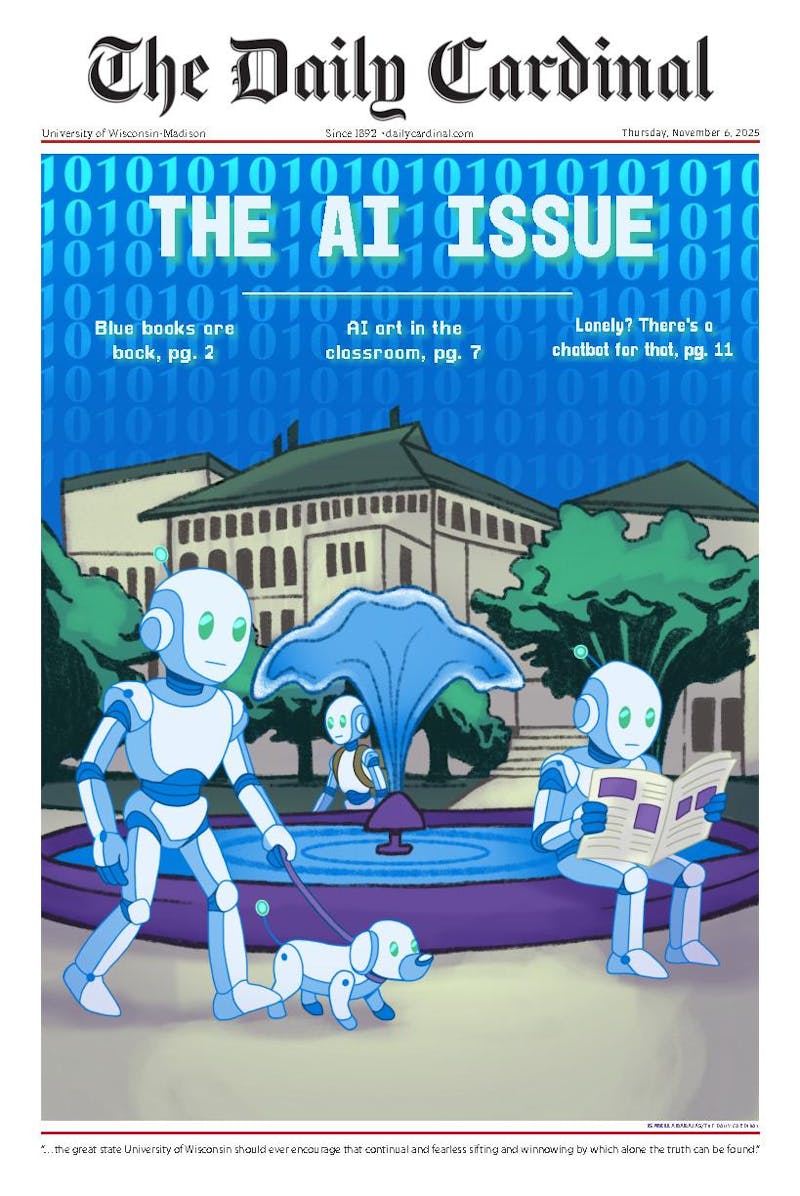Movies are all about perception. And not in an “our perception of a subjective reality created by the editing of time and space is what defines out movie going experiences” sort of way.
Well yeah, okay, in that way too, but for now let’s focus on the other perception of movies that affects how we watch them, namely the way it’s marketed to us. I’ve sort of noticed a trend lately, and it’s a trend that disturbs me. Disturbs me something awful.
Certain movies which are not awful are being advertised as if they were. Or at least, being advertised as things that they are not in order to up their mass appeal.
The first example I can think of is a film I kind of already talk about way too much—Quentin Tarantino’s “Inglourious Basterds.” While we wound up getting a very talky, tense, and meaningful movie, what we were promised by the advertising was 2 and a half hours of “Brad Pitt kills Nazis.”
While I’m not denying that what we got was better than what we were shown, it should be clear that the approach they took was deliberate and intended to draw in a crowd that would be more attracted to that sort of movie.
Also in the “action-hero-X does violence to stylish-villains-Y” brand of, uh, branding is “The Grey,” AKA “Liam Neeson Punches Wolves.” Or so we thought it would be going in. What it turned out to be, in actuality, was a beautiful, thoughtful, almost meditative film about loss and death, without a single wolf-punch to be found (more or less).
A similar thing happened to what many, including me, thought was the best movie of 2011, “Drive.” I, like a lot of people, thought it was going to be some form of carbon copy of “The Fast and the Furious,” and so was shocked and then pleasantly surprised to find that it was, um… hard to describe, but did a lot and was totally unbelievable.
Weirdly enough, I managed to see both “Inglourious Basterds” and “The Grey” for the first time with the same friend, and both times the same thing happened almost exactly.
I was apprehensive for “Basterds,” as I had faith in QT, and expecting nothing of “The Grey,” while my friend was all super pumped about seeing some wolves get punched/Nazis get Brad Pitted. Both times we walked out, I pleasantly surprised and impressed by what I had witnessed, my friend disappointed that it hadn’t been the Hollywood blowout he was expecting.
I think this pretty nicely demonstrates the dangers of this sort of dishonest advertising. Not only did my friend (who honestly has a very “generic” taste in movies) walk out of the theater disappointed, but I was only there by chance, believing them to be the sort of movies I’d rather not sit through, given the choice.
Basically, the people marketing these films have sacrificed a smaller audience that would appreciate their film for a much larger audience that has a significantly smaller chance of enjoying them.
Which isn’t to say anything against either filmmaking that doesn’t have broad appeal, or the masses it doesn’t appeal to; they’re just different tastes, it’s cool, it’s fine, don’t let it bother you. However, what isn’t okay is that these films get the sort of stigma that blockbuster films have stuck to them, which can be fairly damaging to their reputations at things like the Oscars. “Basterds” scored nominations because the Academy loves movies about movies, but “Drive” and “The Grey” were both criminally ignored (again, “Drive” was easily the best movie of 2011).
However, there just might be a bright side to all this. For a long time there’s been a weird sort of competition/symbiosis between “genre” cinema, and “auteur” cinema, in which “auteur” cinema bears a very clear, original, often risky artistic imprint and vision (a la “Drive”) and “genre” cinema fits to the tropes and standards of whatever form it’s following.
So, what we have is auteur cinema masquerading as genre cinema in an attempt to draw the larger crowds associated with genre cinema to their showings. This is dishonest, it can damage their reputation, and it can leave a lot of people disappointed by what they see.
However, it also increases the amount of people that are exposed to vibrant, new, innovative films, and who knows, maybe some members of that crowd will really dig “Drive,” and take an interest in other indie or art house films, and as fans slowly trickle out of the mainstream, we lose the mainstream and instead just get a bunch of really cool, individual mini-streams.
Or maybe I’m an optimist and it’s just shady marketing. Yeah, it’s probably that.
Got some marketing wisdom for Austin? Let him know at wellens@wisc.edu.





